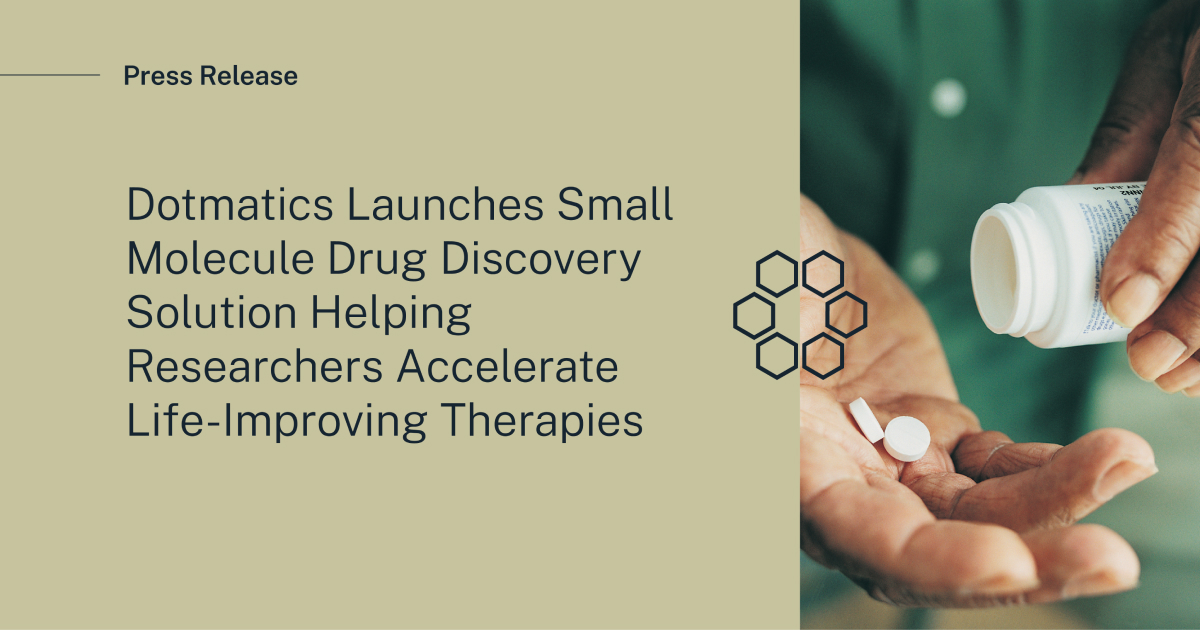Data is Everything
Molecular cloning is a powerful experimental tool that allows researchers to combine genetic material from multiple sources, then introduce it into a host cell or organism for replication and further study. The process has driven some of the most important discoveries in modern biology—and plays a growing role in drug discovery.
For scientists conducting molecular cloning experiments, efficiency is key. Seamless integration between SnapGene and the Dotmatics Biological Registration system makes it easier to capture, register, and share genetic sequences in real time. Read on to learn more about the steps involved in molecular cloning, its potential for bolstering antibody sequence discovery, and how having the right software can streamline the entire process.
The Process of Molecular Cloning
The potential of molecular cloning lies in its versatility. Researchers can use the technique to create recombinant DNA molecules from multiple sources and explore an infinite number of genetic sequences not naturally present in the genome. But how does the process work?
Step 1: Isolation. A DNA fragment of interest, such as a gene or portion of a gene, is extracted from a source organism, such as a mammal or bacterium.
Step 2: Digestion. Restriction enzymes are used to cleave the DNA fragment into manageable pieces that can then be manipulated and assembled as desired.
Step 3: Ligation. A vector plasmid is a double-stranded circular piece of DNA that is used as a carrier molecule to host the DNA fragment. Enzymes are used to combine the DNA fragment with the vector, so that it can be inserted into a host cell and replicated.
Step 4: Introduction. Recombinant DNA is then introduced into host cells, often bacteria. The cells replicate, or clone, the DNA, producing a large number of identical copies.
Step 5: Selection. Not all cells in the host organism will successfully integrate the recombinant DNA. During the selection phase, researchers employ a series of methods (such as using antibiotic resistance as a selection marker) to determine which cells are carrying the target DNA.
Step 6: Amplification. The recombinant DNA is amplified through multiple rounds of replication. It can then be isolated from host cells and used as a source for further analysis.
Leveraging Molecular Cloning for Antibody Discovery Research
The power to selectively engineer, replicate, and study genetic sequences has had ripple effects across the field of biology, but is offering particular promise for antibody discovery.
At a fundamental level, molecular cloning allows scientists to isolate—then closely analyze—the genes that allow immune cells to produce antibodies for various antigens, which supports a robust knowledge base that can inform drug discovery research. These studies provide key insights about the human immune response that can ultimately guide specificity in antibody discovery research.
But that’s only the beginning. The technique can also facilitate unlimited manipulation of antibody sequences, allowing scientists to engineer custom antibodies and improve their efficacy, specificity, and stability.
Using high-throughput screening techniques, it’s now possible to simultaneously analyze large numbers of antibody sequences and more quickly identify promising candidates. This has enabled drug discovery researchers to build extensive libraries of diverse antibody sequences, and is behind the recent success of monoclonal antibody production for the targeted treatment of autoimmune disorders, cancers, and infectious diseases.
As molecular cloning technology continues to evolve, new applications are arising. The technique is increasingly used to isolate antibodies from individual patients and to tailor treatments accordingly, and will continue to drive therapeutic innovations in the field for years to come.
How the SnapGene Integration Supports Molecular Cloning Research
Successful antibody discovery may require the creation, cloning, and analysis of hundreds—even thousands—of genetic sequences. Fortunately, integration between Dotmatics and SnapGene can streamline every step of the process, from registration to collaboration. SnapGene users can continue to use their preferred software, while seamlessly benefiting from the organization, search, and sharing features offered by Dotmatics Biological Registration.
The integration allows users to register sequences into the Dotmatics Biological Registration system directly from SnapGene, saving time and reducing the steps needed to complete registration. It also makes sequences easier to track, find, and share with just a few clicks. Instead of searching for sequences in Dotmatics, exporting each file, and opening it in SnapGene, users can search and import sequences without ever leaving their preferred platform.
With the SnapGene integration, users can:
Register sequences directly from SnapGene
Search for sequences in Dotmatics Biological Registration directly from SnapGene, using keywords or BLAST search
Import sequences of interest into SnapGene for further analysis and modification
Next Steps
Accelerate your discovery research with SnapGene, the industry-leading molecular cloning tool.




